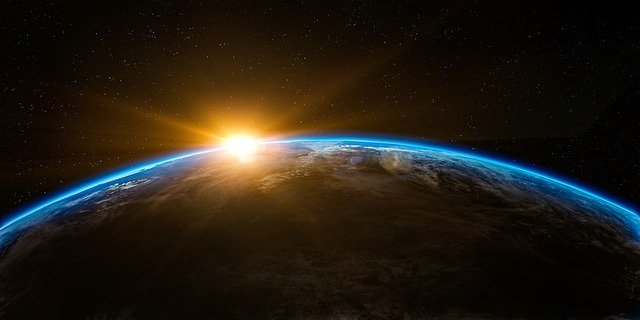Where does the sunrise and sunset? The direction of sunrise and sunset, information on sunrise and sunset.

Source : pixabay.com
SUNRISE AND SUNSET: As the earth turns on its axis, the sun appears to rise and set. The times of day when these events occur vary with latitude. Recause of the earth’s tilt on its axis they also vary throughout the year, except at the poles. At the equator day and night are of equal length. At the poles the sun stays in the sky six months before setting, and then stays six months below the horizon.
Daytime lasts about four minutes longer than it would on an earth without air. Refraction of sunlight by the atmosphere causes sunrise to be hastened and sunset to be delayed by about two minutes beyond the actual event.
More daytime is added when the sun’s disk is taken into account. That is, sunrise is defined as the moment when the upper rim of the solar disk appears above the sea-level horizon, and sunset as the moment when the upper rim disappears below the horizon. Near the equator this adds another two minutes to the length of the day, and at higher latitudes the sun’s increasingly slanted path causes the sun to take even longer to rise above and sink below the horizon.

Source : pixabay.com
The striking colors often observed at sunrise and sunset are caused by dust and water particles in the atmosphere. When the sun is near the horizon, shorter wavelengths of light tend to be absorbed by the particles in the greater thickness of air through which they must travel, thus producing an orange or reddish glow.